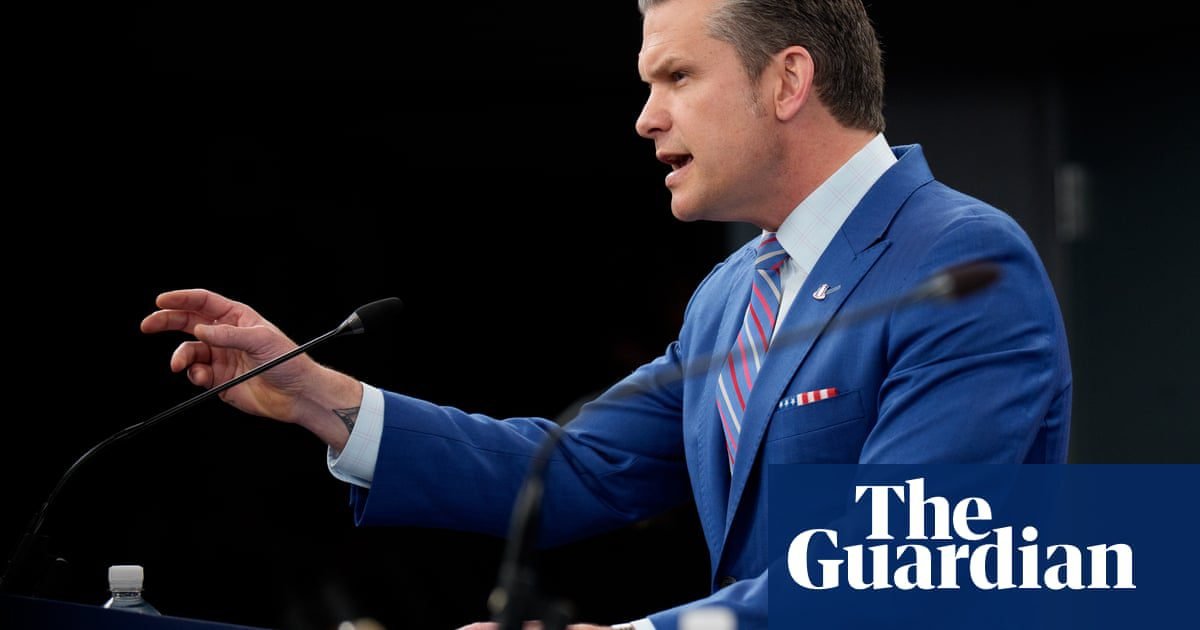In a preface to the speech, which was written by Charles, he praised Canada’s “unique identity.” He noted how Canadians were “coming together in a renewed sense of national pride, unity, and hope,” a veiled reference to the rally-around-the-flag moment stirred by Trump’s annexation threats and tariffs on Canadian goods.
“The Crown has for so long been a symbol of unity for Canada,” he said in the preface. “It also represents stability and continuity from the past to the present. As it should, it stands proudly as a symbol of Canada today, in all her richness and dynamism.”
The king delivered the address from a throne in the Senate as part of a pomp-laden ceremony, switching between French and English. He wore his Order of Canada around his neck. Queen Camilla sat on her own throne and donned a brooch of the Queen’s Own Rifles of Canada, the country’s longest continuously-serving infantry regiment.
The speech did not name or call out Trump directly, but it noted the “unprecedented” challenges Canada is facing that have left many Canadians “feeling anxious and worried.”
“The system of open global trade that, while not perfect, has helped to deliver prosperity for Canadians for decades, is changing,” the 76-year-old monarch said, reading the portion of the speech written by the government.
While Canada and the United States “have begun defining a new economic and security relationship,” the king said, Canada is also “working to strengthen its relationships with reliable trading partners and allies around the world, recognizing that Canada has what the world needs and the values the world respects.”
Trump’s return to the White House and threats against Canada have left the king in a tricky spot.
The royals are supposed to be apolitical, but they play an important role in soft power and public diplomacy. In addition to the United Kingdom, Charles is head of state of 14 Commonwealth realms. He cannot comment on international affairs without the advice or consent of his prime ministers.
Charles is king of Britain and king of Canada, the largest of his realms by territory. The two countries have taken divergent approaches to dealing with Trump and are deploying the royals as part of their strategies in different ways.
British Prime Minister Keir Starmer has sought to keep a cordial relationship with Trump and called for “cool heads” in the wake of Trump’s tariffs. When he visited Washington in February, he extended Trump, a known royal enthusiast, an invitation for an unprecedented second state visit that was signed by the king.
Canadians “weren’t impressed by that gesture,” Carney told Sky News this month, given Trump’s threats to their sovereignty.
Canada has imposed retaliatory tariffs on some US goods. Carney has declared the “old” relationship between the United States and Canada “over.” He invited Charles to Canada to underscore the country’s sovereignty.
Royal watchers have noted several subtle smoke signals from the king meant to indicate support for Canada. He wore a red tie during a meeting with Carney, planted a maple tree at Buckingham Palace, and presented a ceremonial sword to a member of Canada’s Senate.
In the span of two weeks in March, Charles met with then-Prime Minister Justin Trudeau at Sandringham Palace and then hosted his successor, Carney, at Buckingham Palace. Trudeau said they discussed “matters of importance,” including “Canada’s sovereign and independent future.”
“I can’t remember that happening before,” said Robert Hardman, author of “The Making of a King: King Charles III and the Modern Monarchy.” “These aren’t headline things, but it goes back to the point that politics do hard power, and royals do diplomacy.”
The king and queen arrived in Ottawa on Monday. They planted a blue beech tree at Rideau Hall, an official residence, and visited a farmers market. Charles dropped a ceremonial first puck at a kids’ street hockey game and held a formal audience with Carney, the governor-general, and Indigenous leaders.
While most Canadians support becoming a republic or are indifferent, there has been a small boost in support for the monarchy in recent months, polls show. The bar to become a republic is high: It would require support from both houses of Parliament and all 10 provincial legislatures.
The speech from the throne was mostly a rehash of promises Carney made during the federal election campaign, such as cutting taxes for the middle class, building more affordable homes, and bringing down trade barriers between the provinces and territories.
The throne speech is typically put to a vote that the government must win to stay in power. Carney’s Liberals won a plurality of the seats in the House of Commons but fell short of a majority. They are still expected to get enough support from opposition parties for a vote on the speech.


